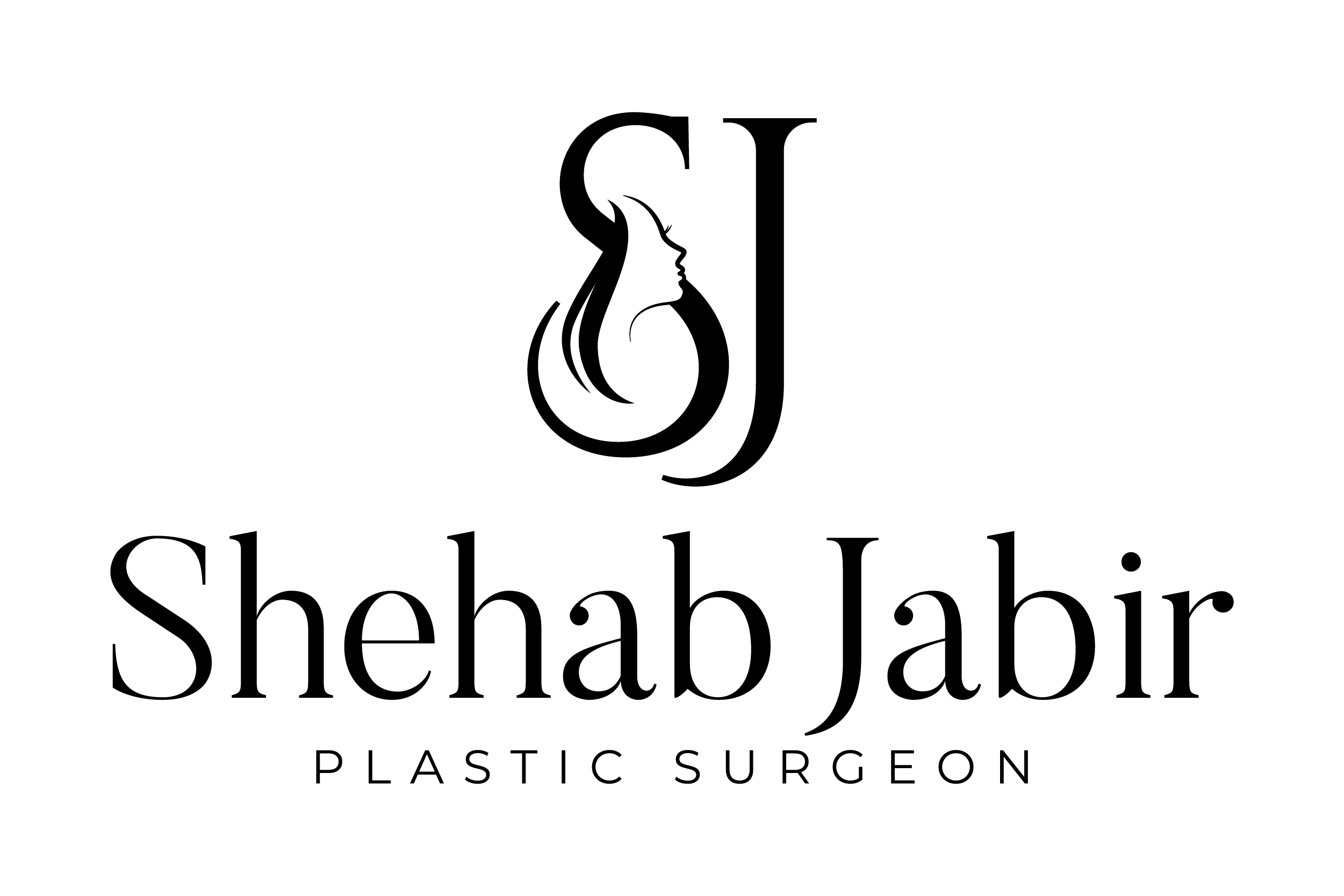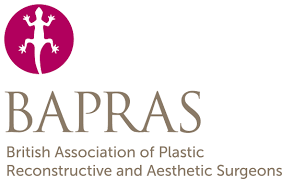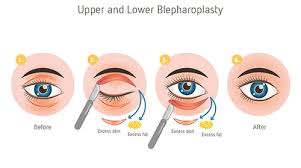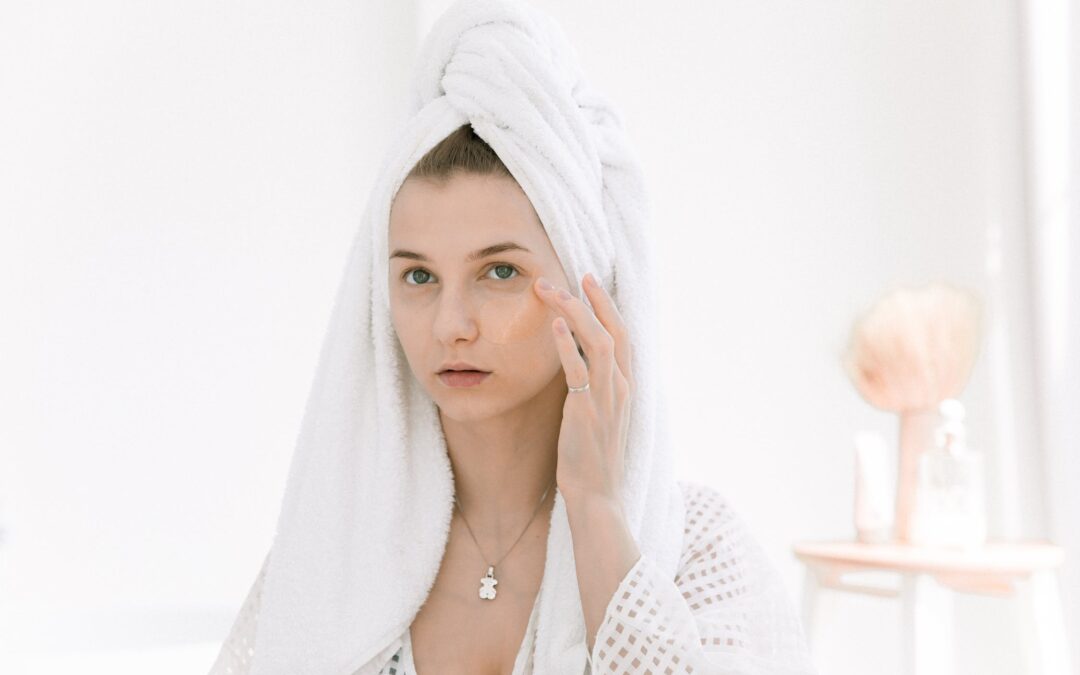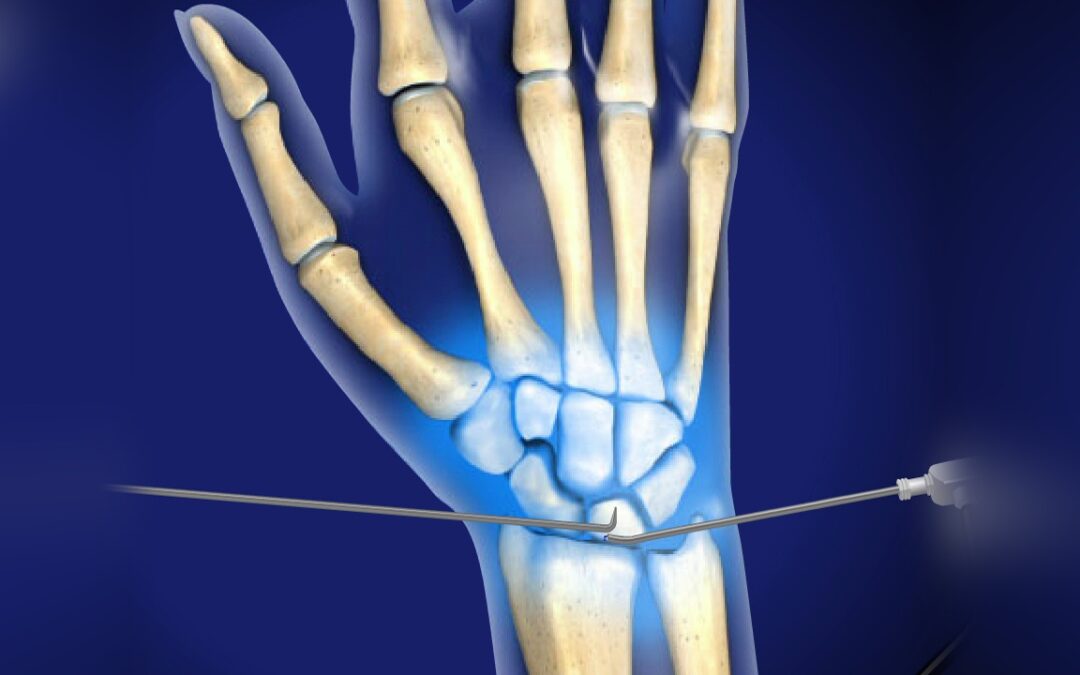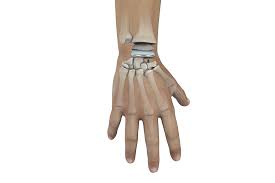Brachioplasty (Arm Lift)
Brachioplasty, also known as an arm lift, is a surgical procedure to remove excess skin and fat from the upper arms. It can improve the appearance of sagging or flabby arms that have been caused by weight loss, aging, or genetics.
Who is a good candidate for brachioplasty (arm lift)?
Brachioplasty is a good option for people who have:
- Excess skin and fat on their upper arms
- Sagging or flabby arms
- Arms that are disproportionate to their body size
- Arms that make them feel self-conscious
What are the risks of brachioplasty?
All surgery carries some risks, including:
- Bleeding
- Infection
- Numbness or tingling in the skin
- Fluid collection under the skin
- Scarring
What happens during brachioplasty?
Brachioplasty is usually performed under general anaesthesia. Mr Jabir will choose the technique most appropriate to your situation in discussion with you during your consultation however, in general it involves making an incision along the inside of the upper arm, from the elbow to the armpit. The excess skin and fat will be removed, and the skin will then be pulled up and stitched together.
How long does brachioplasty take?
Brachioplasty typically takes 2-3 hours. You can go home on the same day after surgery.
What is the recovery time for brachioplasty?
The recovery time for brachioplasty is typically 4-6 weeks. You will need to wear a compression garment for 4 weeks to help support your arms and reduce swelling. You will also need to avoid strenuous activity for 4 weeks.
What are the results of brachioplasty?
Brachioplasty can produce dramatic results, giving you a more toned and defined arm shape. However, it is important to remember that no surgery is perfect, and there will always be some scarring.
Here are some additional tips for patients considering brachioplasty:
- Be realistic about your expectations. Brachioplasty cannot completely erase the effects of aging or weight loss.
- Choose a board-certified plastic surgeon with experience in brachioplasty.
- Ask your surgeon about their aftercare plan.
- Be prepared for a lengthy recovery period.
- Be patient with your results. It can take up to a year for your arms to fully heal.
Here are some frequently asked questions about brachioplasty:
- Can I get a brachioplasty if I am overweight? Yes, you can get a brachioplasty if you are overweight. However, it is important to lose as much weight as possible before surgery. This will help to reduce the amount of skin and fat that needs to be removed, and it will also make the recovery process easier.
- What is the difference between brachioplasty and liposuction? Brachioplasty and liposuction are both procedures that can be used to improve the appearance of the upper arms. However, they work in different ways. Brachioplasty involves removing excess skin and fat from the upper arms, while liposuction involves removing fat cells from the upper arms. Brachioplasty typically leaves a scar along the inside of the upper arm, while liposuction does not leave any visible scars.
